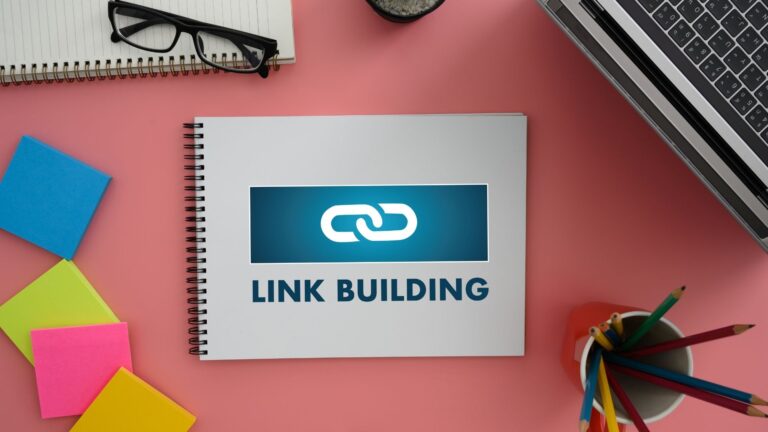In the dynamic world of digital marketing, Search Engine Optimization (SEO) plays a pivotal role in driving organic traffic to websites. While off-page SEO strategies like link building and social media marketing are essential, on-page SEO holds the key to optimizing web pages for better search engine visibility. This article aims to delve into the secrets of on-page SEO and provide actionable strategies for success.
Keyword Research: The Foundation of On-Page SEO
At the heart of effective on-page SEO lies comprehensive keyword research. Understanding the language your target audience uses when searching for information or products/services is crucial. Tools like Google Keyword Planner, SEMrush, and Moz Keyword Explorer can help identify relevant keywords with high search volumes and moderate competition. Integrating these keywords naturally into your website’s content, titles, headings, and meta tags will improve your chances of ranking higher in search engine results.
Compelling Content Creation
While keywords are essential, high-quality and engaging content is the key to capturing and retaining the attention of both users and search engines. When crafting content, it’s important to focus on:
a) Creating Unique and Valuable Content: Producing original, informative, and relevant content that addresses the needs and interests of your target audience is crucial. This not only enhances user experience but also helps search engines recognize your website’s value, leading to higher rankings.
b) Structuring Content for Readability: Break down your content into digestible sections using headings, subheadings, and bullet points. This not only enhances readability but also makes it easier for search engines to understand and index your content.
c) Optimizing Multimedia Elements: Incorporate relevant images, videos, and infographics into your content. Optimize these elements by adding descriptive file names, alt tags, and captions, as they provide additional opportunities for search engines to understand and rank your content.
Optimizing Title Tags and Meta Descriptions
Title tags and meta descriptions are critical elements that influence how search engines and users perceive your website in search results. Ensure that your title tags are concise, keyword-rich (preferably at the beginning), and accurately reflect the content on the page. Meta descriptions should be compelling, succinct, and written to entice users to click through to your website. By optimizing these elements, you increase the likelihood of attracting organic traffic.
URL Structure and Internal Linking
A well-organized URL structure enhances both user experience and search engine crawlability. Create descriptive, keyword-rich URLs that provide a clear indication of the page’s content. Incorporating relevant keywords into the URL can also positively impact search engine rankings.
Internal linking is another crucial on-page SEO strategy. Linking related pages within your website helps search engines understand the hierarchy and relevance of your content. Additionally, it allows users to navigate easily and discover more valuable information. When implementing internal links, use descriptive anchor text and ensure that the linked pages are genuinely related to the context.
Mobile-Friendly Optimization
With the increasing use of mobile devices, optimizing your website for mobile is no longer optional but imperative. A responsive web design ensures that your website adapts seamlessly to different screen sizes, providing an optimal user experience. Mobile-friendly websites are favored by search engines and are more likely to rank higher in mobile search results.
Page Loading Speed and Technical Optimization
In today’s fast-paced world, users expect websites to load quickly. Page loading speed not only impacts user experience but also influences search engine rankings. Compressing images, minifying CSS and JavaScript files, leveraging browser caching, and utilizing content delivery networks (CDNs) are some techniques to improve page loading speed.
Technical optimization also involves ensuring that search engines can crawl and index your website effectively. Use robots.txt files, XML sitemaps, and structured data markup to provide clear signals to search engines about your website’s structure and content.
User Experience and Engagement Metrics
Search engines value websites that provide a positive user experience. Factors such as low bounce rates, longer dwell times, and high click-through rates contribute to better rankings. Optimize your website’s user experience by:
a) Ensuring Easy Navigation: Create a logical and intuitive navigation menu that allows users to find information quickly. Implement breadcrumb navigation to provide additional context and improve user experience.
b) Improving Page Speed: As mentioned earlier, optimizing page loading speed enhances user experience and reduces bounce rates. Users are more likely to stay and engage with your website if it loads quickly.
c) Enhancing Readability: Use clear and legible fonts, appropriate font sizes, and sufficient line spacing to improve readability. Break up lengthy paragraphs and use white space effectively to make content more scannable.
d) Encouraging Social Sharing: Integrating social sharing buttons on your web pages makes it easier for users to share your content, increasing its visibility and potentially attracting more organic traffic.
Regular Monitoring and Optimization
On-page SEO is an ongoing process. Regular monitoring and optimization are necessary to stay ahead of the competition and adapt to evolving search engine algorithms. Utilize analytics tools to track your website’s performance, including organic traffic, keyword rankings, and user behavior metrics. Identify areas that require improvement and make data-driven decisions to optimize your on-page SEO strategies continually.
Unlocking the secrets of on-page SEO is crucial for achieving success in the digital landscape. By implementing effective strategies such as comprehensive keyword research, compelling content creation, optimized title tags and meta descriptions, strategic internal linking, mobile-friendly optimization, and technical optimization, you can enhance your website’s visibility, attract organic traffic, and provide a positive user experience. Remember, on-page SEO is an ever-evolving practice, so stay updated with the latest trends and algorithm changes to maintain your competitive edge in search engine rankings.




